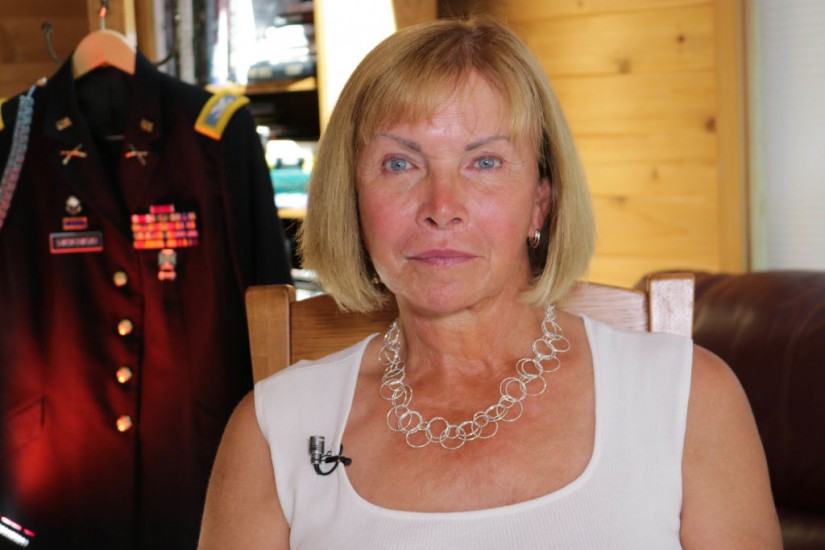Seemingly out of the blue on Wednesday morning, President Trump took to Twitter to announce that he would not allow “Transgender individuals to serve in any capacity in the U.S. Military.” The rationale? The military “cannot be burdened with the tremendous medical costs and disruption that transgender in the military would entail.”
The question of costs — presumably referring to procedures like gender reassignment surgery — was addressed in a Rand report that estimated a 0.04- to 0.13-percent increase in military health-care expenditures should transgender people be allowed to serve. Trump has proposed a 10 percent bump in overall military spending, which could certainly absorb that increase.
That latter point, though, the “disruption” that integration of transgender troops would spur? That is an argument we’ve heard before. When gay Americans sought the right to serve in the military, that was a central argument against the change. When women sought combat roles, a central argument. When blacks were integrated into the military? Warnings about disruption.
In 1948, President Harry Truman moved toward fully integrating black Americans into the military. At the time, members of his own party spoke out against the plan. The Washington Post reported on the objections in June of that year.
Former Tennessee U.S. senator Tom Stewart proposed “allowing men in the services to choose whether or not they would serve in mixed units” to avoid offending the sensibilities of those determined to maintain segregation. U.S. Sen. Lister Hill of Alabama argued that integration would “seriously impair the morale of the Army at a time when our armed forces should be at their strongest and most efficient.” He called Truman’s move “unfortunate.”
When the Democrats adopted an end-military-segregation platform, a contingent of Southern Democrats splintered off into a pro-segregation party known as the Dixiecrats. Strom Thurmond, running as a States Rights Democratic Party candidate while still nominally a Democrat, carried four Southern states in that year’s presidential election.
Gen. Omar Bradley, the Army chief of staff in 1948, argued that the Army should follow the American people on rejecting segregation, not lead it. For that, he was praised, including by New York Times columnist Hanson Baldwin.
“Most important of all,” Baldwin wrote of Bradley’s comments, “is the efficiency of the Army, of which morale is a part. This is General Bradley’s particular responsibility. He knows, as nearly every Army officer knows, after long experience with the problem, that a hard, flat and inflexible rule that white and Negro manpower be completely intermingled immediately in all tactical units would be one of the surest ways to break down the morale of the Army and to destroy its efficiency.”
It wasn’t.
